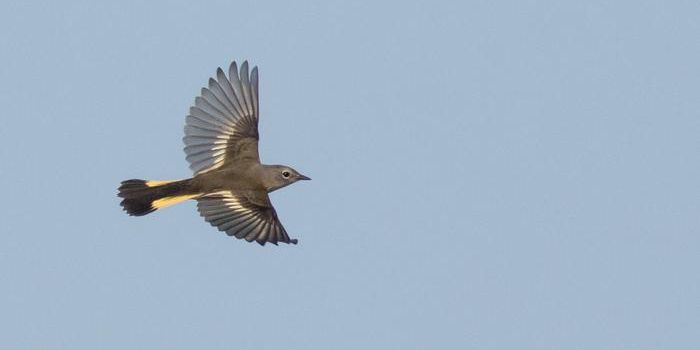Echolocating bats and their impressive spatial orientation
In a study published in Science, Goldshtein et al. explored how small echolocating bats, specifically Kuhl’s pipistrelle (Pipistrellus kuhlii), navigate complex environments using different sensory modalities. The primary objective was to understand the strategies these bats employ for navigation when deprived of visual, magnetic, and olfactory cues, focusing instead on their ability to use echolocation and integrate sensory information for spatial orientation.
The research findings emphasize the importance of echolocation as a primary navigation tool for Kuhl’s pipistrelle. The authors conducted field experiments that involved releasing bats at translocation points far beyond their maximum sensing range for vision and echolocation. The study observed that upon release, the bats initially engaged in meandering or exploratory flight patterns—a phase the researchers referred to as the "localization phase." During this phase, the bats gathered sufficient acoustic information about their surroundings before switching to a more direct flight path toward their target destinations.
The localization phase of flight was characterized by correlated random movements, during which the bats turned near landmarks and environmental features that provided high levels of acoustic information. This adaptive behavior underscores their ability to create and maintain a mental acoustic map, which aids in navigation.
Bats with access to vision demonstrated faster and straighter flight paths compared to those deprived of visual input, indicating that visual information can complement echolocation. The researchers tested multiple deprivation scenarios, including visual and magnetic deprivation, as well as combined visual, magnetic, and olfactory deprivation. Their results showed that neither magnetic sensing nor olfactory cues significantly contributed to homing behavior, emphasizing the primacy of echolocation.
The study’s broader implications extend to understanding animal navigation systems and their adaptability. By examining how bats utilize and integrate different sensory modalities, the research provides insights into the mechanisms underlying spatial orientation and navigation in animals.
Sources: Science








